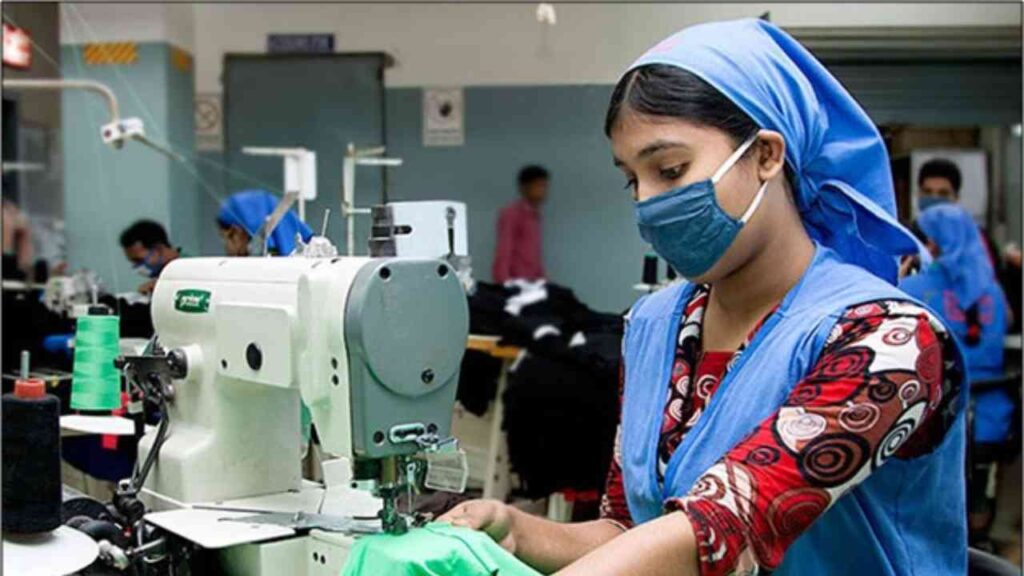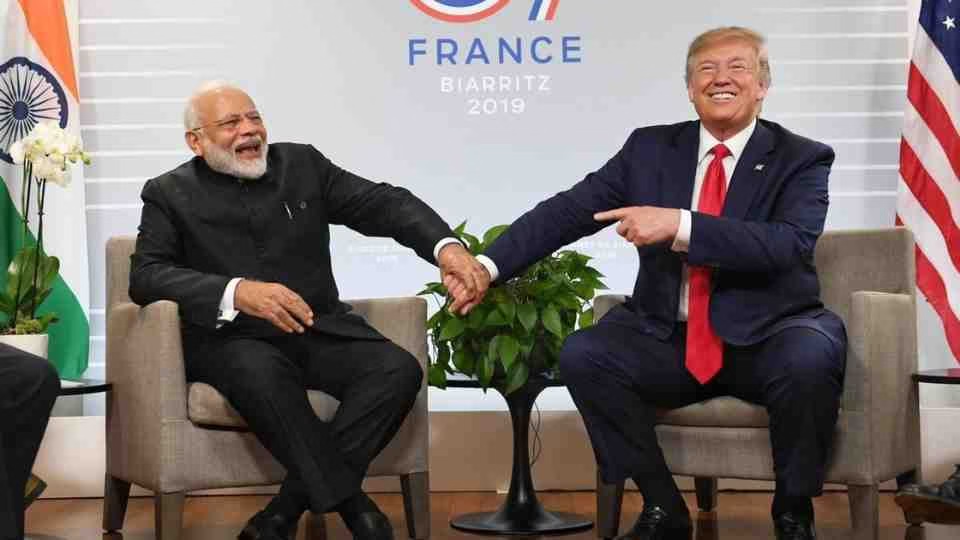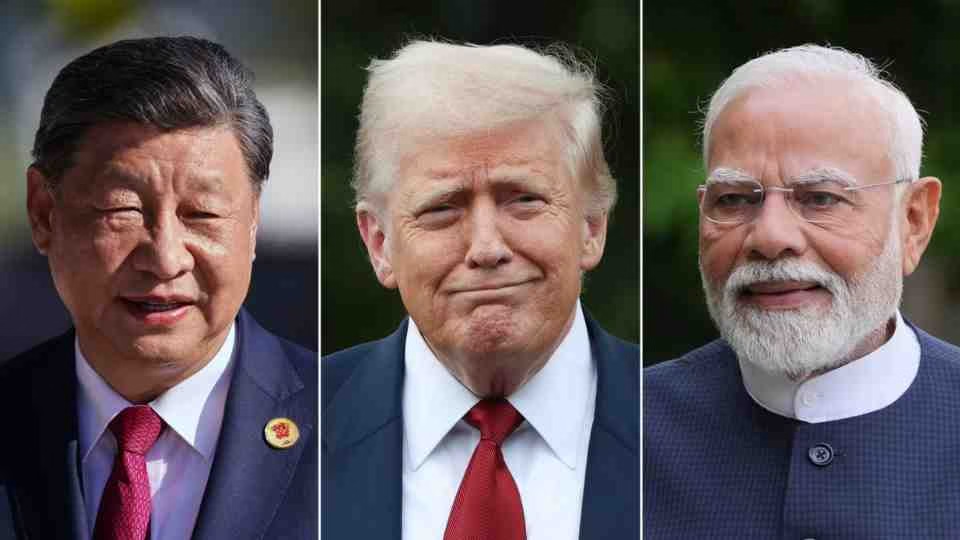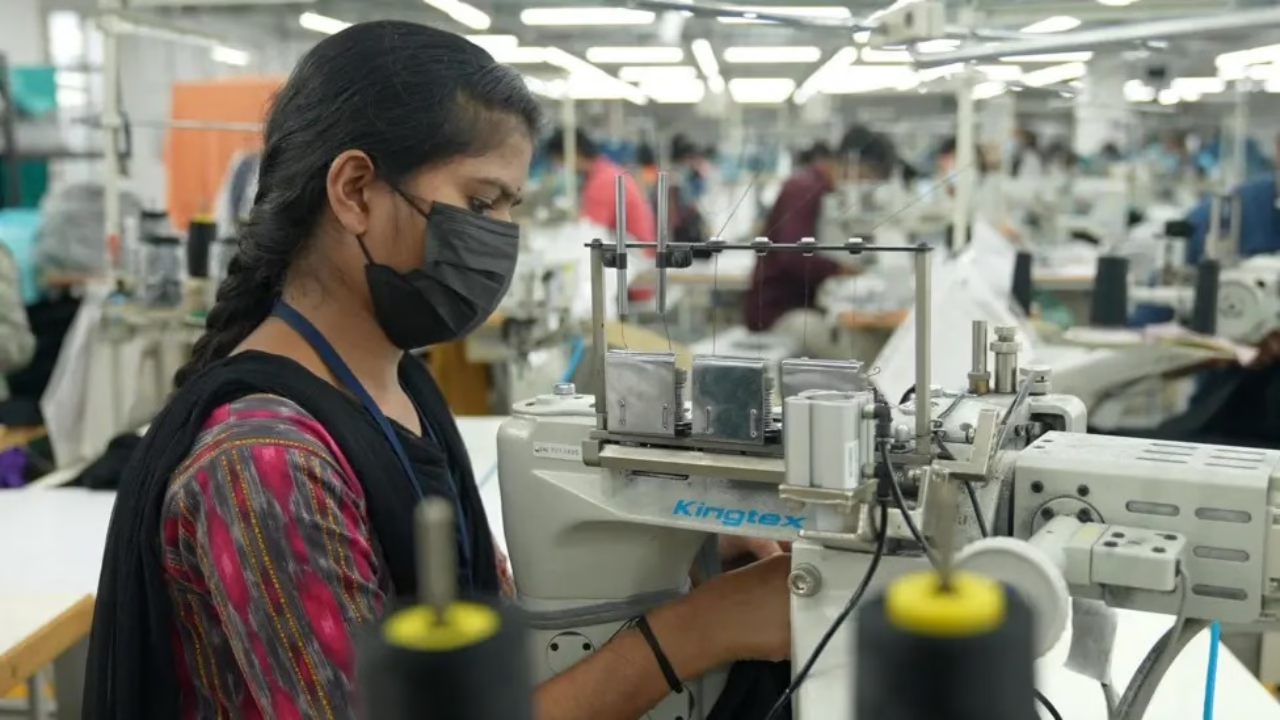3 Million Jobs at Risk as US Trade War Hits India’s Knitwear Capital
20,000 Factories Face Closure as Tiruppur Struggles with 25% US Import Duties
India’s textile manufacturing heartland is facing an unprecedented crisis as President Donald Trump’s escalating tariffs on Indian exports threaten to destroy millions of livelihoods and shutter thousands of factories across Tamil Nadu.
Tiruppur: The Epicenter of Crisis
Tiruppur, known as India’s knitwear capital, stands at the epicenter of this economic storm. The district, which houses 2,500 exporters and 20,000 standalone manufacturing units, contributes an overwhelming 68% of India’s total knitwear exports, according to Kumar Duraisamy, Joint Secretary of the Thiruppur Exporters Association.
The region’s impressive economic performance—generating ₹44,744 crore in turnover last year despite global challenges including COVID-19, economic slowdowns, and the Russia-Ukraine conflict—now faces its greatest threat yet.
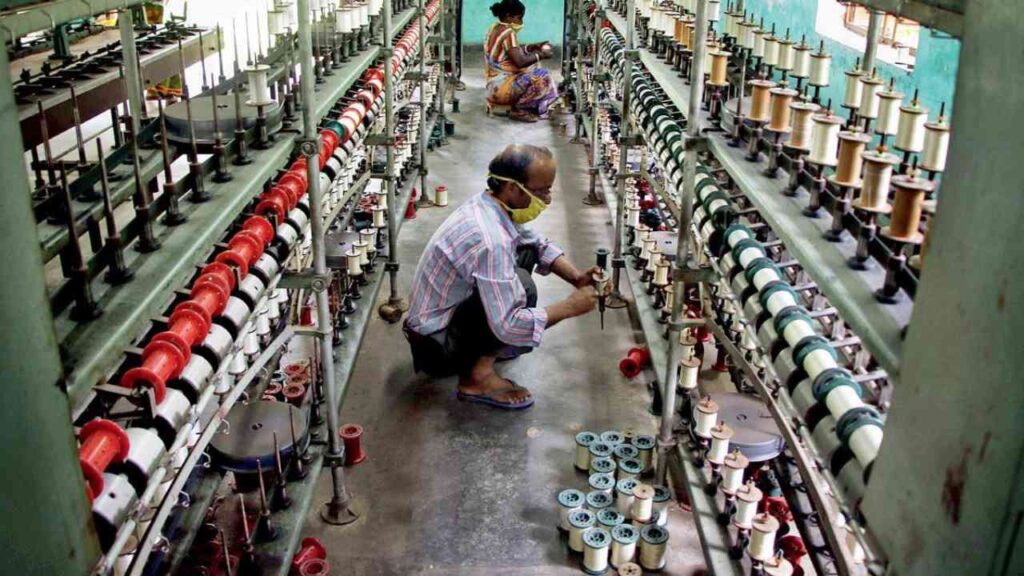
Market Dependency Creates Vulnerability
Tiruppur’s export portfolio reveals a dangerous over-reliance on Western markets that has left it particularly vulnerable to Trump’s trade policies. The United States accounts for 40% of the region’s business, with Europe representing another 40%, the UK 10%, and other markets making up the remaining 10%.
This heavy dependence on American buyers has created a perfect storm scenario where US tariff policies can single-handedly devastate the local economy.
Immediate Impact on Manufacturing
The 25% tariff has already begun strangling business operations across the district. Factories producing essential items such as undergarments, baby clothing, and sleepwear—products with notoriously thin profit margins—are finding it impossible to absorb the additional costs.
“Buyers have instructed the factories to ship out whatever goods are ready by 27th August while also asking to absorb a certain portion of the tariff, which many have agreed to,” Duraisamy explained. “But when the second 25 percent is announced for India, it is a huge blow as no one can absorb such a blow.”
The situation has led to an immediate halt in new orders, with American buyers instructing manufacturers to cease all shipments after August 27th, effectively cutting off the lifeline that sustains hundreds of thousands of workers.

State-Level Crisis Response
Recognizing the severity of the threat, Tamil Nadu Chief Minister MK Stalin has urgently appealed to Prime Minister Narendra Modi for federal intervention. In his letter, Stalin highlighted the state’s disproportionate exposure to US market fluctuations.
“In the last financial year, while 20% of India’s total goods exports of $433.6 billion were to the United States, 31% of Tamil Nadu’s $52.1 billion goods exports went there,” Stalin noted. “This higher dependency on the US market clearly implies that tariff impact on Tamil Nadu will be disproportionately greater than for most other Indian states.”
Massive Employment at Stake
The human cost of this trade dispute is staggering. Tamil Nadu’s textile sector employs approximately 7.5 million people, making it one of the state’s largest sources of employment. With the proposed tariff escalation to 50%, Stalin warns that an estimated 3 million jobs face immediate risk.
“Especially, our textile sector employs nearly 75 lakh people and with a 25 percent tariff and a proposed 50 percent tariff, an estimated 30 lakh jobs are at immediate risk,” the Chief Minister emphasized in his appeal to the Prime Minister.
Economic Significance of Tamil Nadu Textiles
Tamil Nadu’s textile industry represents far more than regional employment—it accounts for 28% of India’s total textile exports, making it a crucial component of the nation’s export economy. The potential collapse of this sector would ripple through India’s overall trade balance and economic stability.
The state’s textile industry has demonstrated remarkable resilience, achieving 20% growth even amid global economic challenges. This success story now faces the prospect of rapid unraveling due to external trade policies beyond local control.
Structural Challenges Exposed
The crisis has exposed long-standing structural issues that have made Indian exporters vulnerable to such external shocks. Stalin’s letter to Modi emphasized the need to “address structural issues that have long hindered our export competitiveness.”
These underlying problems include infrastructure limitations, bureaucratic hurdles, and insufficient diversification of export markets—issues that the current crisis has brought into sharp focus.
Call for Federal Action
The Tamil Nadu government’s appeal to the central government reflects the limitations of state-level responses to international trade disputes. Stalin’s letter represents a desperate plea for federal diplomatic and economic intervention to prevent what could become one of the most severe employment crises in the state’s recent history.
Ripple Effects Beyond Textiles
The impact extends far beyond the textile factories themselves. The potential closure of 20,000 manufacturing units would affect supporting industries, transportation networks, and service sectors that depend on the textile economy. Entire communities built around textile manufacturing face the prospect of economic devastation.
Time-Sensitive Crisis
With the August 27th deadline for shipments rapidly approaching and no new orders being placed, the window for effective intervention is rapidly closing. Every day of delay increases the likelihood that temporary disruptions will become permanent closures.
National Implications
The Tamil Nadu textile crisis serves as a microcosm of broader challenges facing India’s export-oriented industries under changing global trade dynamics. The outcome of this situation will likely influence how India approaches trade relationships and economic diversification strategies in the future.
As factories across Tiruppur face an uncertain future and millions of workers worry about their livelihoods, the crisis underscores the complex interconnections between international politics, trade policy, and local economic survival in an increasingly globalized world.

